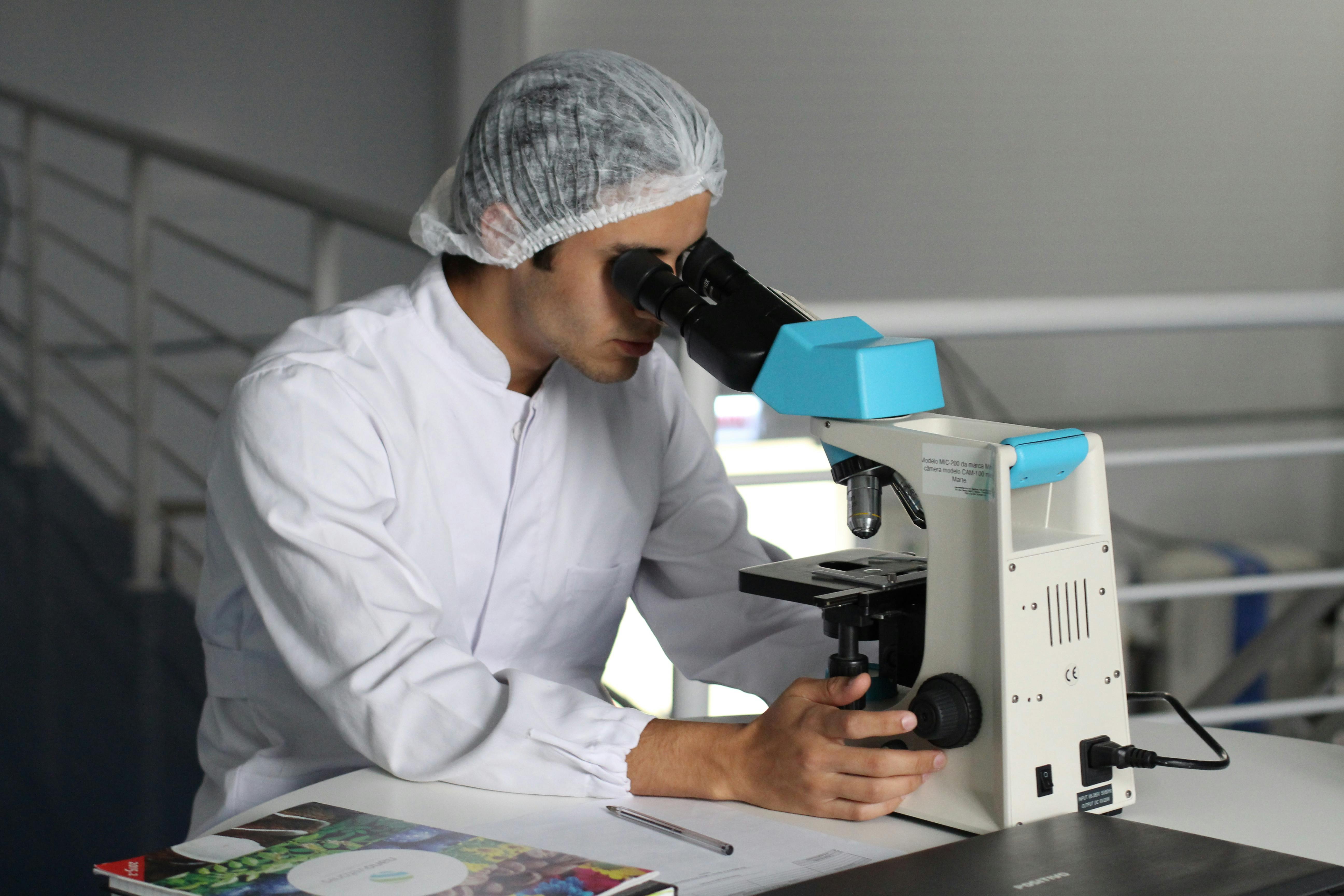
Rare diseases are as uncommon as their victims. Not only that, but they also exhibit complex symptoms and signs that vary from patient to patient.
Different health authorities use varying parameters in classifying a rare disease. In the United States, a condition is classified as a rare disease if it is suffered by 60 per 100,000 people. On the other hand, the European Union considers it to be a disease that affects about 50 per 100,000 people. The World Health Organization considers it a condition only suffered by fewer than 65 per 100,000 people.
The low prevalence has made it almost impossible to find a cure. For some years, pharmaceutical companies were reluctant to invest in developing new treatments. This has changed in recent times due to favorable government policies.
Drug companies also have the opportunity to test their products through the compassionate use program and capture data that can enhance their commercialization strategies.
A compassionate use program (CUP), sometimes called expanded access, allows patients with life-threatening conditions to try an investigational medical product when there is no satisfactory treatment alternative and they cannot participate in clinical trials for various reasons.
CUP is now offered by an increasing number of pharmaceutical companies due to the several benefits for both patients and organizations.
How many rare diseases exist?
Some experts estimate the total number of rare diseases to be approximately 7,000; others cite it within the range of 5,000 to 8,000. The difference in the estimate is due to the inconsistency in the criteria for identifying diseases that should indeed be classified as rare diseases.
Considering the hierarchical structure of existing disease terminologies, the number of rare diseases should be over 10,000.
Causes of rare diseases and the most affected demographic
So far, scientific studies have been unable to identify the exact cause of many rare diseases. However, most of them have been traced to genetics.
This is usually a result of the mutation of a single gene, passed from one generation to the next. That is why certain rare diseases run in families. Individual risk factors can be assessed via genetic counseling.
Other factors, such as infection or allergy, environmental factors, immune system problems, and cell death, have also been linked to rare diseases.
Unfortunately, most patients with rare diseases are children. Some are noticeable at birth, while others exhibit symptoms later in life.
The journey to scientific cure
More than 95 percent of these diseases do not yet have a cure, according to the National Organization of Rare Diseases.
While many rare diseases remain incurable, theU.S. Food and Drug Administration (FDA) since the Orphan Drug Act of 1983 has approved over 340 treatments. The peculiarity of rare diseases makes finding a cure more tedious and time-consuming than common diseases.
The Orphan Drug Act of 1983, however, provides incentives for drug companies to develop treatments. Pharmaceutical manufacturers are granted seven years of market exclusivity. They also get to enjoy a 50 percent tax credit for expenditures incurred while orphan drugs are evaluated for their therapeutic potential.
The Act also makes several grants available annually for companies and academic-based researchers.
There are similar initiatives in other countries globally to ensure rare disease patients have access to quality and effective treatment. This has significantly improved pharm companies’ interest in developing treatments for rare conditions. The global rare disease treatment market was estimated at $195 billion in 2022 and is expected to reach $435 billion by 2032.
Despite this, the journey to a scientific cure has not been rosy. In an analysis published in the Cell Journal, it takes thousands of scientists and many decades to find a cure. For instance, the treatment for cystic fibrosis took over 2900 scientists and 60 years to develop.
However, the progress that has been made in recent years gives hope to millions of people who are living with the conditions.
One of the most promising approaches to finding cures for rare diseases is gene therapy. This treatment method aims to alter the defective gene into a healthy one. Since most rare diseases have been linked to genetics, the treatment attempts to correct the root cause instead of just treating the symptoms.
Several treatments that are a result of gene therapy have been approved by the FDA, and many others are still undergoing clinical trials.
Another promising treatment is enzyme replacement therapy. This type of therapy involves replacing an enzyme that is missing or not working properly in a person with a rare disease. This can help to alleviate the symptoms of the disease.
Drug repurposing has also recorded some success in treating rare diseases. Also called drug repositioning, it is the use of a drug for the treatment of a disease other than the one for which it was initially marketed.
This option enables pharmaceutical companies to develop drugs for rare diseases faster and at a reduced cost.
